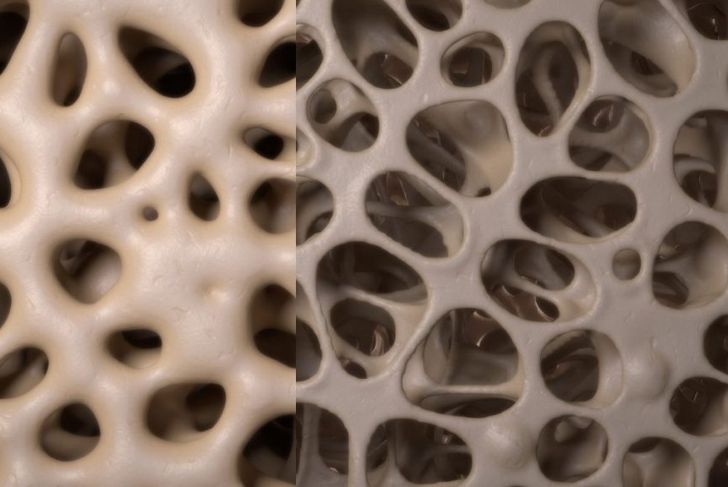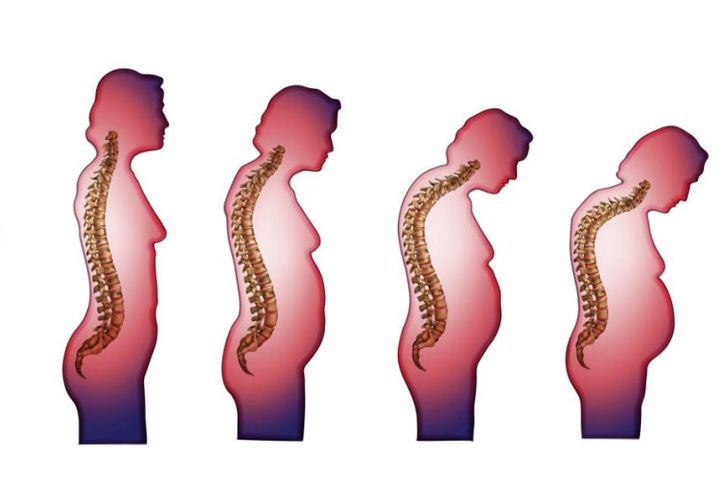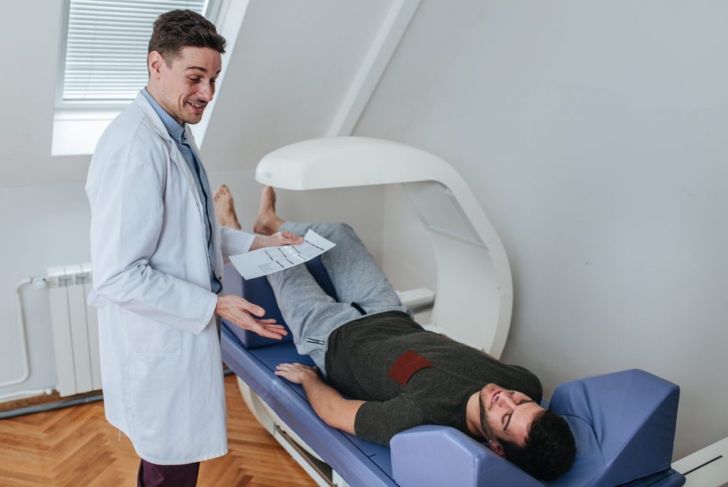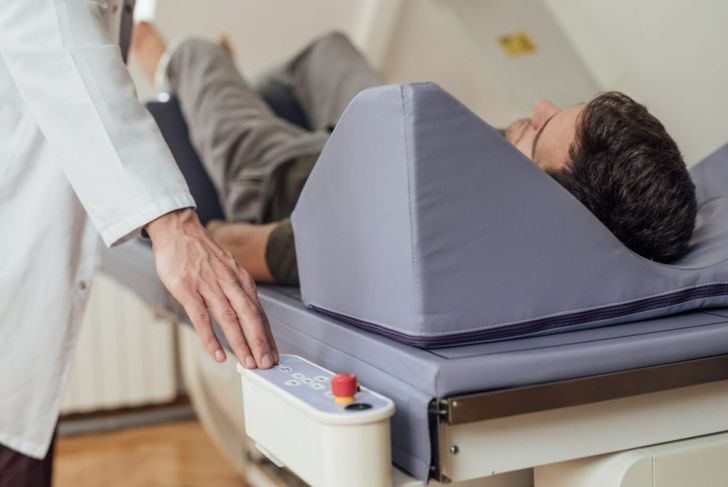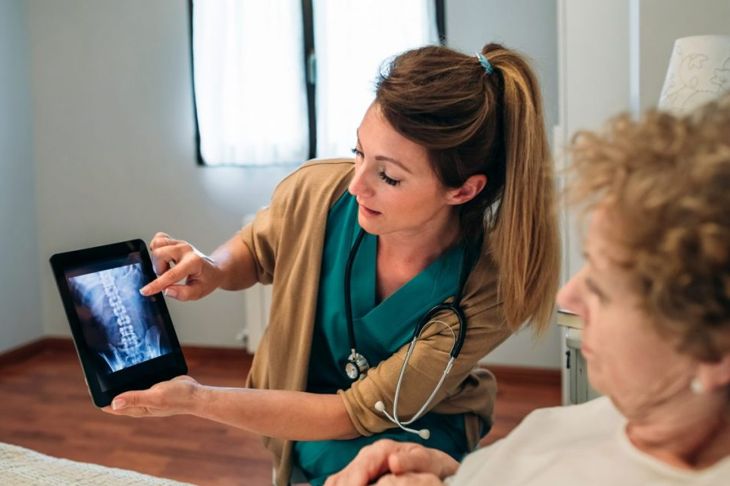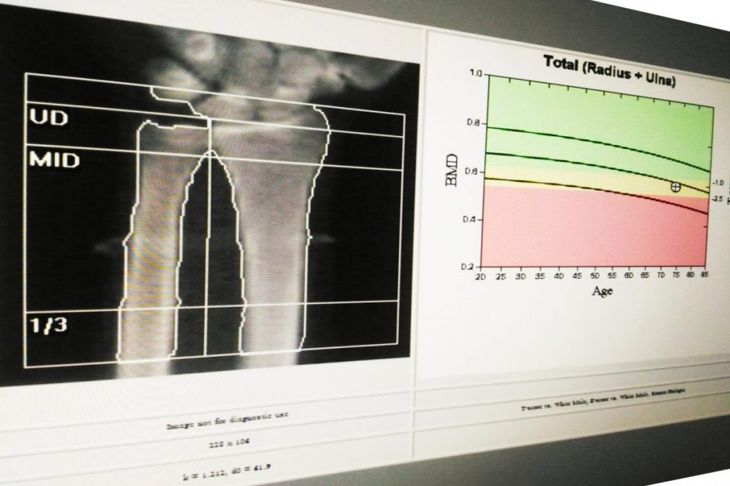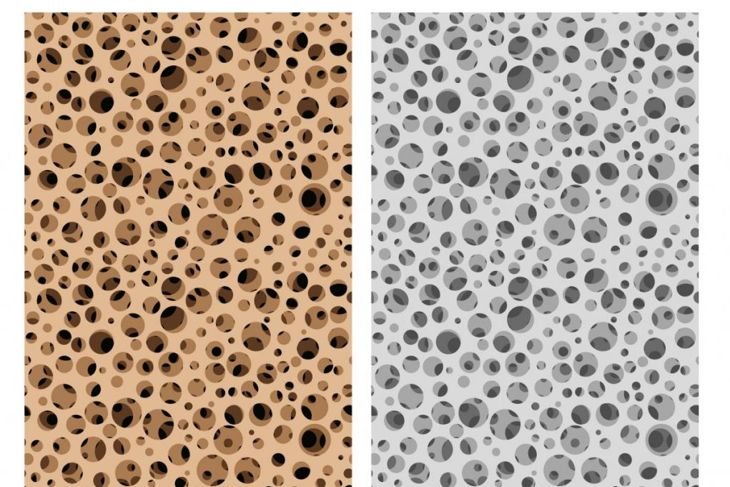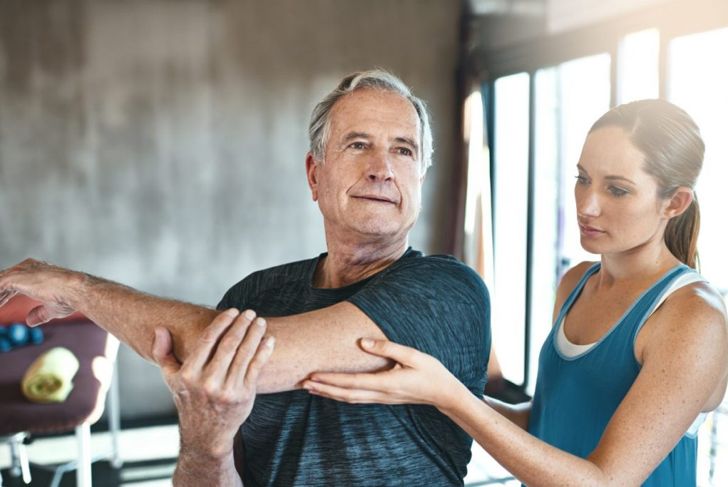A bone mineral density test or bone density test is an x-ray exam that determines the amount of calcium and other minerals in the bones. The greater the number, the better. The test is useful for determining if an individual has osteoporosis, and can tell doctors how advanced the condition is and what treatment to propose. Often, people do not realize that they have “brittle bones” until they have fallen and broken one. Bone density tests are fairly quick and painless.
Reasons You May Be At Risk
Osteoporosis risk increases as we age, especially in post-menopausal women. The drop in estrogen and the shift in hormones leads to the deterioration of bones. Lack of calcium at any age can also increase the risk of brittle bones. Some prescription drugs have a negative effect on bone density and calcium absorption.
Confirm a Diagnosis of Osteoporosis
A recent fall, being in a high-risk group, or recent loss of height will prompt a physician to recommend a bone density test. In the past, a checkup after a fall was the sole way of identifying osteoporosis — with a bone density X-rays, however, individuals have confirmation. This allows doctors to offer guidance on improving diet, best exercise regimens, and the care a patient needs to take to avoid broken bones and other issues.
Have You Lost Height?
It is normal to lose a little bit of height as we age — compression of the cartilage between the bones can reduce an individual’s height by a few centimeters over time. People who develop unexplained back pain, stooped posture, or lose an inch or more in height have likely developed osteoporosis. This drop in height is actually attributed to a series of small fractures in the spine, resulting in curvature and pain. The aging spine beings to collapse due to the loss of bone density.
Have You Fractured a Bone?
Doctors may recommend a bone density test after a person has broken a bone, to check the speed of healing and to determine whether osteoporosis was a factor in the break. For older adults, especially women, a broken bone can be deadly. The healing is slower and multiple fractures can lead to infection.
Differences in Testing Methods
Bone density scans may be performed on the fingertips, while others are more comprehensive, focusing on the forearm, hips, and spine. These three areas are the ones most likely to fracture in the case of an accident. Peripheral tests are performed on individuals who are not covered by insurance or who are too heavy for x-rays to determine their bone density. More accurate analysis of bone density requires a DXA or DEXA scan that involves whole-body imaging and can indicate porous areas of bone.
How a Bone Density Test is Performed
DXA scans are more comprehensive tests that focus on the hips and spine. During the test, the patient lies on a padded platform, fully clothed. A mechanical arm passes above, sending low-dose X-rays through the body. Based on how much the X-rays change after passing through the bones, the machine comes up with a skeletal image. This test lasts about 10 minutes. The peripheral device is portable, making the test available to more people who may not be able to get the central DXA test.
How To Prepare for a Bone Density Test
Wear loose, comfortable clothing free of zippers and snaps. Avoid taking calcium supplements for 24 hours before a bone density test. Other than that, the tests are fairly fast and involve little preparation. In fact, some tests may be available at the local pharmacy. People who have their bone density tests done at a medical center or hospital should be sure to let the doctor know beforehand if they have recently had a barium exam or had contrast material injected for a CT scan or nuclear medicine test. Contrast materials might interfere with bone density tests.
What To Expect
The patient must lie still during the exam. In a hospital setting, he or she will lay on a central platform while the machine scans the body. Evidence of osteoporosis in a peripheral exam will usually prompt a doctor to order a full body scan. Once the exam is finished, the results are read by a professional x-ray tech and given to the doctor for final diagnosis and treatment planning.
Results of Bone Density Tests
Bone density test results are reported in two numbers: T-score and Z-score. The T-score is the patient’s bone density compared with what is normally expected in a healthy adult of the same age and sex. A deviation of -2.5 or more indicates osteoporosis. Between -1 and -2.5 indicates high risk or signs of osteopenia, a condition that can lead to osteoporosis. If the doctor can identify the underlying problem, he or she can often treat this lesser condition and slow or stop bone loss.
Decreasing Your Risk Factors
While bone density tests can determine the condition and density of the bones and one’s risk of breakage, they can’t always tell what caused the condition. To answer that question, patients need more complete medical evaluations. Increasing calcium intake and getting enough vitamin D will help the body absorb calcium and increase bone strength. Decreasing smoking and alcohol intake and getting enough exercise will also reduce the risk of brittle bones and osteoporosis.

 Home
Home Health
Health Diet & Nutrition
Diet & Nutrition Living Well
Living Well More
More
